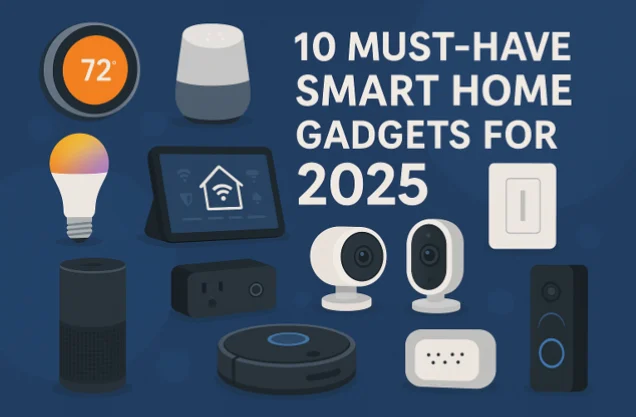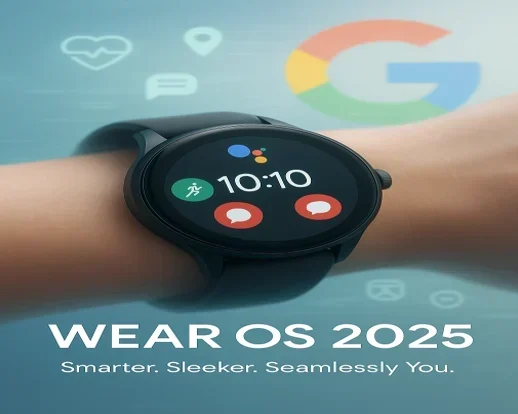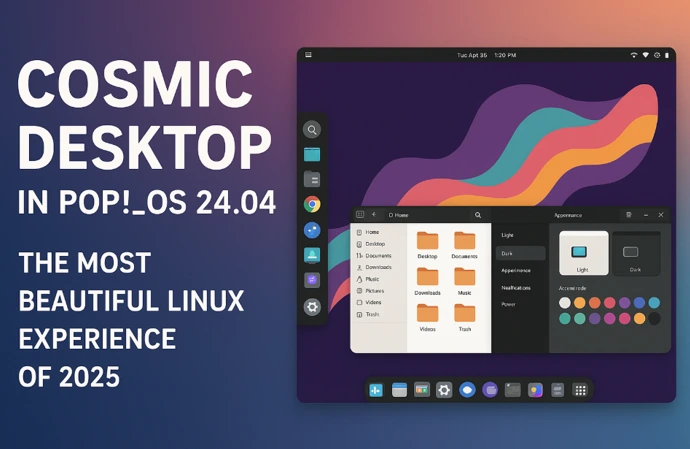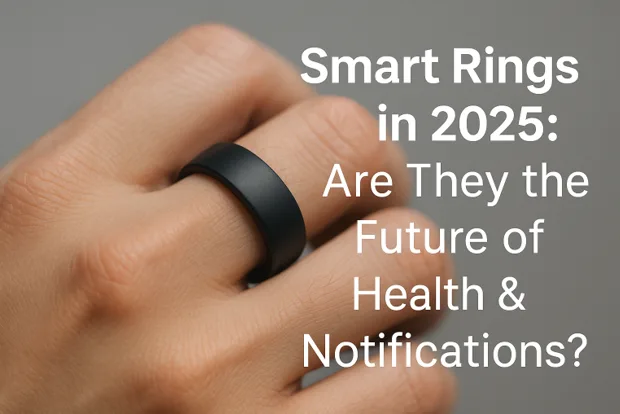
Smart Rings in 2025: Are They the Future of Health & Notifications?
In the ever-evolving world of wearable technology, smart rings have emerged as a sleek, discreet, and powerful alternative to smartwatches and fitness trackers. By 2025, these tiny devices are no longer niche gadgets but are carving out a significant space in the consumer electronics market. With advanced health monitoring, seamless notifications, and stylish designs, smart rings are poised to redefine how we interact with technology and manage our well-being. But are they truly the future of health and notifications?
In this comprehensive blog post, we’ll explore the latest trends, innovations, market data, and real-world applications of smart rings in 2025, diving deep into why they’re gaining traction and what lies ahead.
What Are Smart Rings?
Smart rings are compact wearable devices worn on the finger, blending the aesthetics of traditional jewelry with cutting-edge technology. Equipped with advanced sensors, microcomputers, and connectivity features like Bluetooth or NFC, they track health metrics, deliver notifications, and even enable contactless payments. Unlike smartwatches, which can feel bulky or intrusive, smart rings are minimalist, lightweight, and designed for 24/7 wear, making them ideal for continuous health monitoring and discreet functionality.
In 2025, smart rings have evolved far beyond basic step counters. They now offer features like heart rate monitoring, sleep analysis, blood oxygen tracking, stress management, and even non-invasive glucose monitoring. With AI-powered insights and seamless integration with smartphones and smart home ecosystems, these devices are becoming indispensable tools for health-conscious individuals and tech enthusiasts alike.
The Smart Ring Market in 2025: Explosive Growth
The smart ring market is experiencing unprecedented growth, driven by rising consumer demand for wearable technology and advancements in sensor miniaturization. According to industry reports, the global smart ring market was valued at approximately USD 348.56 million in 2024 and is projected to reach USD 1,101.60 million by 2030, growing at a compound annual growth rate (CAGR) of 21.1% from 2025 to 2030. Another estimate suggests the market could hit USD 1,548.56 million by 2033, reflecting a CAGR of 25.4%. Global sales reached 1.7 million units in 2024, with projections estimating 3.2 million units by 2028, indicating a year-over-year growth rate of 29.5%.
This surge is fueled by several factors:
Rising Health Awareness: The COVID-19 pandemic shifted focus toward preventive healthcare, boosting demand for devices that monitor vital signs like heart rate, SpO2, and sleep patterns.
Technological Advancements: Innovations in microelectronics and AI have enabled smart rings to pack powerful features into a tiny form factor.
Fashion Meets Function: Stylish designs and customization options make smart rings appealing to a broader audience, positioning them as both tech gadgets and fashion accessories.
Smartphone Integration: The ubiquity of smartphones facilitates seamless connectivity, allowing smart rings to sync data and deliver notifications effortlessly.
North America currently dominates the market, accounting for 34% of global share in 2023, while the Asia-Pacific region is the fastest-growing, driven by increasing smartphone penetration and disposable income. Major players like Oura Health, Samsung, Ultrahuman, and RingConn are driving innovation, with new entrants like Google Pixel and rumors of an Apple smart ring heating up competition.
Key Features of Smart Rings in 2025
Smart rings in 2025 are packed with features that make them versatile tools for health, productivity, and connectivity. Here’s a breakdown of their core capabilities:
1. Advanced Health Monitoring
Health tracking remains the cornerstone of smart rings, with 37% of users leveraging them for fitness and wellness monitoring. Modern smart rings can track up to 70 health metrics, including:
- Heart Rate and Variability (HRV): Continuous heart rate monitoring provides insights into cardiovascular health and stress levels. For example, the Oura Ring 4 offers clinical-grade accuracy, often matching medical devices.
- Sleep Analysis: Smart rings excel at sleep tracking due to their 24/7 wearability. The Oura Ring 4 provides granular data on sleep stages, restfulness, and bedtime trends, while some rings detect sleep apnea with high accuracy.
- Blood Oxygen (SpO2): Monitoring SpO2 levels helps assess respiratory health, with alerts for abnormal readings.
- Non-Invasive Glucose Monitoring: A groundbreaking feature in 2025, brands like Oura have introduced AI-driven glucose tracking, a game-changer for diabetes management.
- Temperature and Stress: Rings like the Ultrahuman Ring Air detect body temperature changes to flag illnesses and use HRV to measure stress, offering actionable insights.
These features empower users to make informed decisions, from optimizing sleep to adjusting workout intensity. AI integration enhances this by providing personalized recommendations, such as when to consume caffeine or wind down for the day.
2. Discreet Notifications
Unlike smartwatches, which can bombard users with alerts, smart rings deliver notifications subtly through vibrations or LED indicators. They prioritize essential updates like calls, messages, or health alerts, reducing distractions. In 2025, context-aware notifications are a trend, with AI prioritizing alerts based on your schedule or activity. For example, the Samsung Galaxy Ring syncs seamlessly with the Samsung Health ecosystem, notifying users of abnormal heart rates or low battery levels via the app.
3. Contactless Payments
NFC-enabled smart rings are gaining popularity for secure, tap-to-pay transactions. Approximately 50% of users are interested in using smart rings for mobile payments, aligning with the global shift toward contactless solutions. Unlike Bluetooth-enabled rings, NFC rings don’t require batteries, making them a convenient option.
4. Smart Home Control and Gesture Features
Smart rings are becoming hubs for smart home ecosystems. They can control devices like lights, thermostats, or locks via Bluetooth or gesture controls. For instance, a finger movement can adjust music volume or answer a call, enhancing daily efficiency.
5. Energy Efficiency and Battery Life
Battery life is a major selling point, with most smart rings lasting 5–7 days on a single charge, far outpacing smartwatches. Innovations in energy-efficient sensors and processors ensure uninterrupted health tracking, while eco-friendly designs using recycled materials appeal to sustainability-conscious consumers.
Top Smart Rings in 2025
The smart ring market is competitive, with brands offering unique features to stand out. Here are the top contenders based on recent reviews and testing:
1. Oura Ring 4
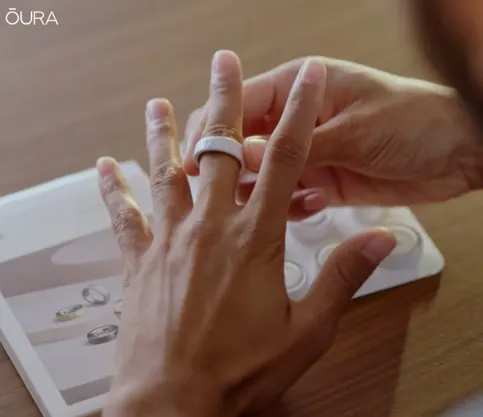
Why It Stands Out: The Oura Ring 4 is the gold standard for health tracking, praised for its accuracy and comprehensive app. It tracks sleep, activity, recovery, and women’s health metrics, with AI-driven insights like meal tracking and glucose monitoring.
Key Features: Clinical-grade heart rate and SpO2 tracking, sleep apnea detection, redesigned app, slim design with reduced sensor domes.
Drawback: Requires a $5.99/month or $69.99/year subscription for full features.
Best For: Health-conscious users seeking in-depth analytics.
2. Samsung Galaxy Ring
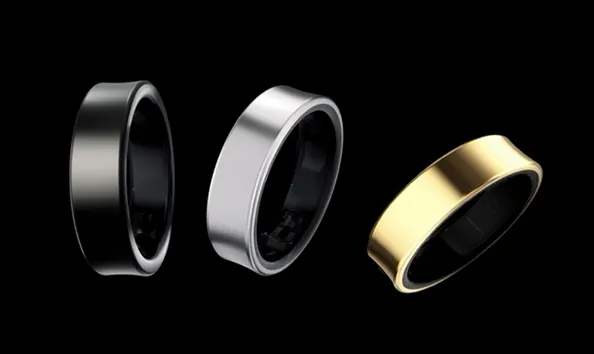
Why It Stands Out: Launched in July 2024, Samsung’s first smart ring integrates seamlessly with the Galaxy ecosystem, making it ideal for Android users.
Key Features: Titanium build, 7-day battery life, 10ATM waterproof rating, heart rate, sleep, and stress tracking.
Drawback: Limited long-term health insights compared to Oura; Android-only compatibility.
Best For: Samsung ecosystem users wanting a lightweight tracker.
3. Ultrahuman Ring Air
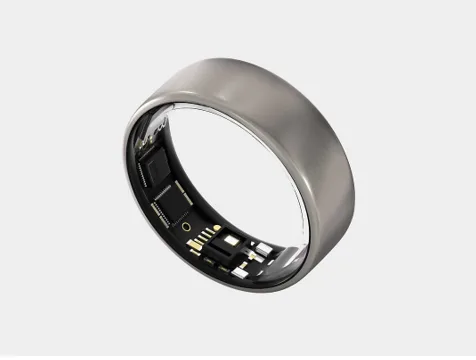
Why It Stands Out: At 2.4–3.6g, it’s the lightest smart ring, offering subscription-free access to extensive data like caffeine consumption and social jet lag.
Key Features: No subscription, PowerPlugs for customizable metrics, biohacker-level insights.
Drawback: Slow syncing and weaker exercise tracking.
Best For: Fitness enthusiasts avoiding subscriptions.
4. RingConn Gen 2 Air

Why It Stands Out: The most affordable option, with no subscription and accurate sleep tracking device RingConn Gen 2 Air.
Key Features: Tracks calories, stress, SpO2, and sleep stages; sturdy build.
Drawback: Less reliable for illness detection.
Best For: Budget-conscious users.
Why Smart Rings Are Gaining Popularity
Smart rings are resonating with consumers for several reasons, positioning them as a potential game-changer in wearable tech:
1. Minimalist Design
Unlike bulky smartwatches, smart rings are discreet and stylish, blending seamlessly with any outfit. Their compact form factor appeals to users who want functionality without drawing attention.
2. Continuous Wear
Rings are rarely removed, ensuring uninterrupted data collection, especially for sleep tracking. This contrasts with smartwatches, which are often taken off for charging or comfort.
3. Longer Battery Life
With up to a week of battery life, smart rings require less frequent charging, making them low-maintenance.
4. Focus on Health and Wellness
Smart rings prioritize passive health monitoring over interactive features, appealing to users who want insights without distractions. Their ability to track metrics like HRV and SpO2 makes them valuable for preventive healthcare.
5. AI and Personalization
AI integration is a defining trend in 2025, with smart rings offering tailored recommendations based on user data. For example, Oura’s new AI-driven meal tracking helps users optimize nutrition.
Challenges Facing Smart Rings
Despite their promise, smart rings face hurdles that could impact their mainstream adoption:
1. Limited Battery Life in Compact Form
While smart rings outlast smartwatches, their small size restricts battery capacity, posing challenges for power-intensive features. Manufacturers are addressing this with efficient batteries and charging cases.
2. Technological Constraints
Packing advanced sensors and processors into a tiny device is complex, sometimes compromising processing power or feature range.
3. Cybersecurity Risks
Smart rings store sensitive health data, making them vulnerable to cyberattacks. Ensuring robust encryption is critical.
4. Subscription Models
Brands like Oura require subscriptions for full functionality, which may deter cost-conscious consumers. Alternatives like Ultrahuman and RingConn offer subscription-free options.
Are Smart Rings the Future of Health and Notifications?
Smart rings are undeniably a rising star in wearable tech, but whether they’ll fully replace smartwatches or become the definitive future of health and notifications depends on several factors.
Why They Could Be the Future
Seamless Integration: Smart rings blend health tracking, notifications, and smart home control into a single, unobtrusive device, aligning with the trend toward minimalist wearables.
Health-Focused Innovation: Features like non-invasive glucose monitoring and sleep apnea detection position smart rings as vital tools for preventive healthcare.
Market Growth: With a projected CAGR of 21–36.8% through 2030, smart rings are gaining mainstream traction, especially as brands like Samsung and potentially Apple enter the fray.
Consumer Preferences: Users increasingly prefer discreet, passive devices over interactive smartwatches, especially for health monitoring.
Why They Might Not Fully Replace Smartwatches
Limited Interactivity: Smart rings lack displays, making them less suited for real-time app interactions or notifications compared to smartwatches.
Niche Appeal: While growing, smart rings cater to health-focused users, whereas smartwatches appeal to a broader audience needing communication and app integration.
Ecosystem Dependency: Many smart rings rely on smartphone apps, limiting their standalone functionality.
In 2025, smart rings are best seen as complementary to smartwatches rather than direct replacements. For example, pairing a smart ring with a smartwatch allows users to leverage the ring’s health tracking and the watch’s interactive features.
What’s Next for Smart Rings?
The next five years promise exciting advancements:
Enhanced AI: More sophisticated AI will deliver hyper-personalized health insights, from predicting illness to optimizing daily routines.
Broader Applications: Smart rings will expand into navigation, emergency alerts, and advanced gesture controls.
Improved Battery Life: Innovations in energy-efficient components will extend battery life further.
Sustainability: Eco-friendly materials and designs will appeal to environmentally conscious consumers.
Mainstream Adoption: As prices drop and awareness grows, smart rings will reach a wider audience, especially with major tech giants entering the market.
Conclusion
Smart rings in 2025 are more than just gadgets—they’re lifestyle companions that combine health monitoring, discreet notifications, and stylish design in a compact package. With a rapidly growing market, cutting-edge features like AI-driven glucose tracking, and a focus on user convenience, they’re well-positioned to shape the future of wearable technology. While they may not fully replace smartwatches, their unique strengths make them an essential part of the wearable ecosystem, especially for health-conscious individuals.
Whether you’re eyeing the Oura Ring 4 for its clinical-grade tracking or the Ultrahuman Ring Air for its subscription-free model, there’s a smart ring for every need and budget. As technology continues to evolve, these tiny devices will only get smarter, more sustainable, and more integrated into our daily lives. So, are smart rings the future of health and notifications? They’re certainly a big part of it—and 2025 is just the beginning.
Disclaimer
The information provided in this blog post about smart rings in 2025 is for general informational purposes only and should not be considered medical, financial, or professional advice. While we strive to include accurate and up-to-date data sourced from reputable web sources and industry reports, the technology, features, and market trends discussed are subject to change. Product specifications, pricing, and availability may vary by region or manufacturer.
Always consult with a qualified healthcare professional before making decisions based on health-related data from smart rings or other wearable devices. The author and publisher are not responsible for any errors, omissions, or consequences arising from the use of this information. Links to third-party websites or products are provided for convenience and do not imply endorsement. Readers are encouraged to verify details with manufacturers or official sources before purchasing or using smart ring devices.
Frequently Asked Questions About Smart Rings in 2025
What can smart rings do in 2025?
Smart rings in 2025 are like mini health coaches on your finger! They track heart rate, sleep patterns, blood oxygen levels, and even stress. Some, like the Oura Ring 4, offer non-invasive glucose monitoring and sleep apnea detection. Beyond health, they handle notifications with subtle vibrations, support contactless payments, and can control smart home devices. They’re perfect for anyone wanting a discreet, all-in-one wearable.
Are smart rings better than smartwatches?
It depends on your needs! Smart rings, like the Samsung Galaxy Ring, are lightweight, last up to 7 days on a charge, and excel at continuous health tracking, especially for sleep. They’re super discreet but lack screens, so they’re not great for real-time app interactions. Smartwatches offer more interactivity but can feel bulky. Many people pair both for the best of both worlds!
How much do smart rings cost in 2025?
Smart ring prices vary. Budget options like the RingConn Gen 2 Air start around $150–$200 with no subscription. Premium models, like the Oura Ring 4, cost $300–$500, plus a $5.99/month subscription for full features. The Samsung Galaxy Ring falls in the $300–$400 range. Always check for deals, as prices can drop during sales!
Do smart rings require a subscription?
Not always! Some brands, like Ultrahuman Ring Air and RingConn, offer full features without subscriptions, making them budget-friendly. Others, like Oura, require a subscription (around $5.99/month or $69.99/year) for advanced insights like detailed sleep or glucose tracking. Check the fine print before buying to avoid surprises.
Are smart rings safe and secure for health data?
Smart rings use encryption to protect your health data, but no device is 100% hack-proof. Top brands like Oura and Samsung prioritize cybersecurity with regular updates. To stay safe, use strong passwords, enable two-factor authentication on connected apps, and avoid sharing sensitive data. Always review a brand’s privacy policy to understand how your info is handled.
Also Read
The Dark Side of Steganography: How Hackers Exploit Hidden Messages

